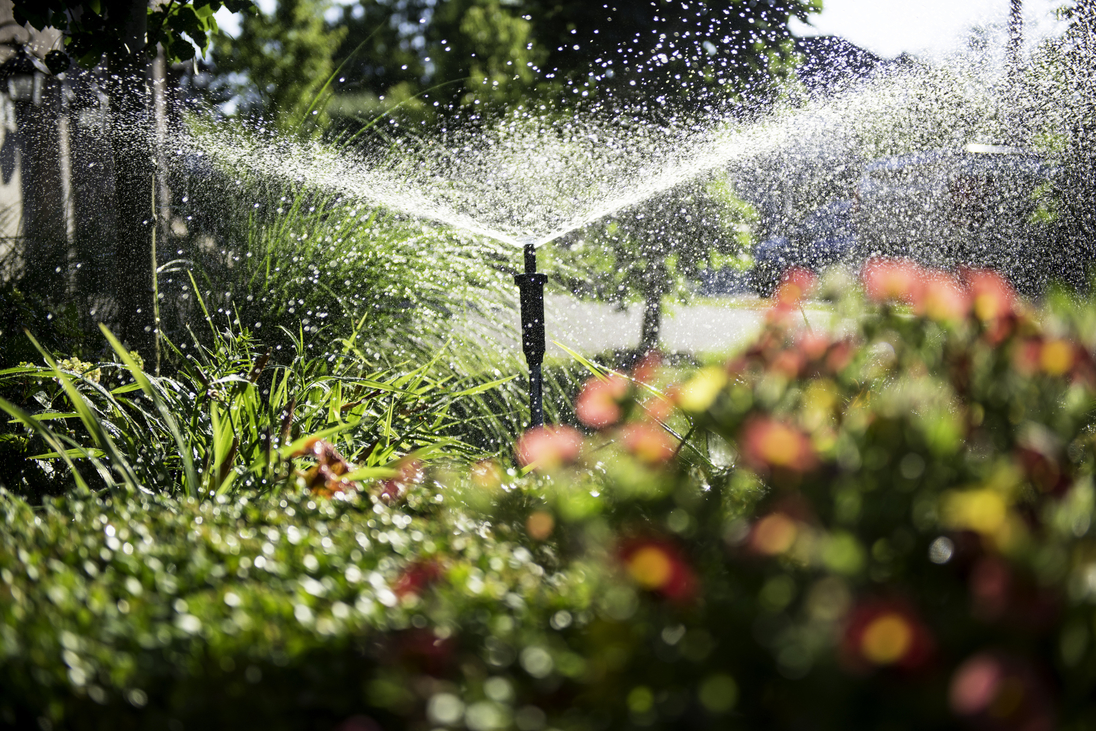April Showers - Over-Watering Damage and the Remedy
With Clayton summers come heat, humidity, and inevitable random downpours. You know the routine — you water your plants, and within an hour, an afternoon thunderstorm hits. This can lead to your potted plants becoming waterlogged, and sometimes becoming... dead.
So, if plants need water to survive, then why is water bad for your plants? Plants also need oxygen. If a plant is waterlogged, the roots are submerged and cannot get proper oxygen. This leads to the plant drowning. It is easy to make the mistake of over watering your plants when a thunderstorm pops up unexpectedly, but that is not the only way to over-water.
If soil is consistently kept saturated, then the air pockets fill up with water, leaving no air for the roots to breathe. Not only does this drown the plant, but it also exposes the plant to potential diseases like root rot. If your plants have yellow or brown leaves, leaf blisters, obvious wilting, molded soil, or gnats, you are probably over-watering your foliage. This is one of the things that can make Johnston County landscaping a chore, but do not worry! All is not lost. There are several things you can do to help your overly hydrated plants, even without the help of an irrigation technician.
Potted Plants
First, remove the potted plant from the sun and place it in the shade, even if it is a full-sun plant. At this point, the roots are not taking in the proper amount of water for the plant. Shaded plants consume less water, so keep your plant in the shade until it is healthy again.
Second, check to see if the drain is being blocked. If there is standing water in the pot, make sure to drain it out. A submerged root system is an unhealthy root system.
Get some air by the root ball. You can do this by gently digging around the plant with a trowel or tipping the pot on its side allowing gravity to sift the soil to one side of the pot, creating an air pocket on the other side. The roots will get oxygen faster this way, and the dirt will dry out faster.
If necessary, and if the plant is not too large, repot it. Use new soil when repotting so the roots have a clean slate.
Only start watering when the plant needs it. That means you should wait until the soil is light in color and dry to the touch. However, you do not want to wait until the plant is stressed with thirst. Another shock could kill the plant.
Lawn
If a lawn is overwatered, there is less you can do for it than a potted plant. The good news is that there is less you should have to do for it since "nature" will usually balance itself out.
If you have an irrigation system, please contact your irrigation technician for counsel.
If you use a lawn sprinkler, set a timer so you do not forget to turn it off.
After the ground has had some time to dry, aerate the lawn. This allows air to seep into the ground, drying it out as well as allowing the grass to breath. Nutrients are also allowed to pass to the lower layers of soil if you aerate.
Please remember that you can do all these things and your plant could still not make it. You should know within about a week if your intervention worked. Just remember good watering techniques in the future: only water your plants when they need it, do not allow the plants to sit in water. If you follow the simple steps of good plant hydration, your plant should bounce back. Pop up thunderstorms can make be a bit aggravating, but with a little extra attention, your plants will thank you.
Enhance your landscaping today!
Contact the landscape professionals at Carolina Curb Appeal today to see how our expert landscaping services can improve your property.



